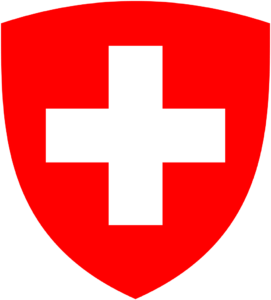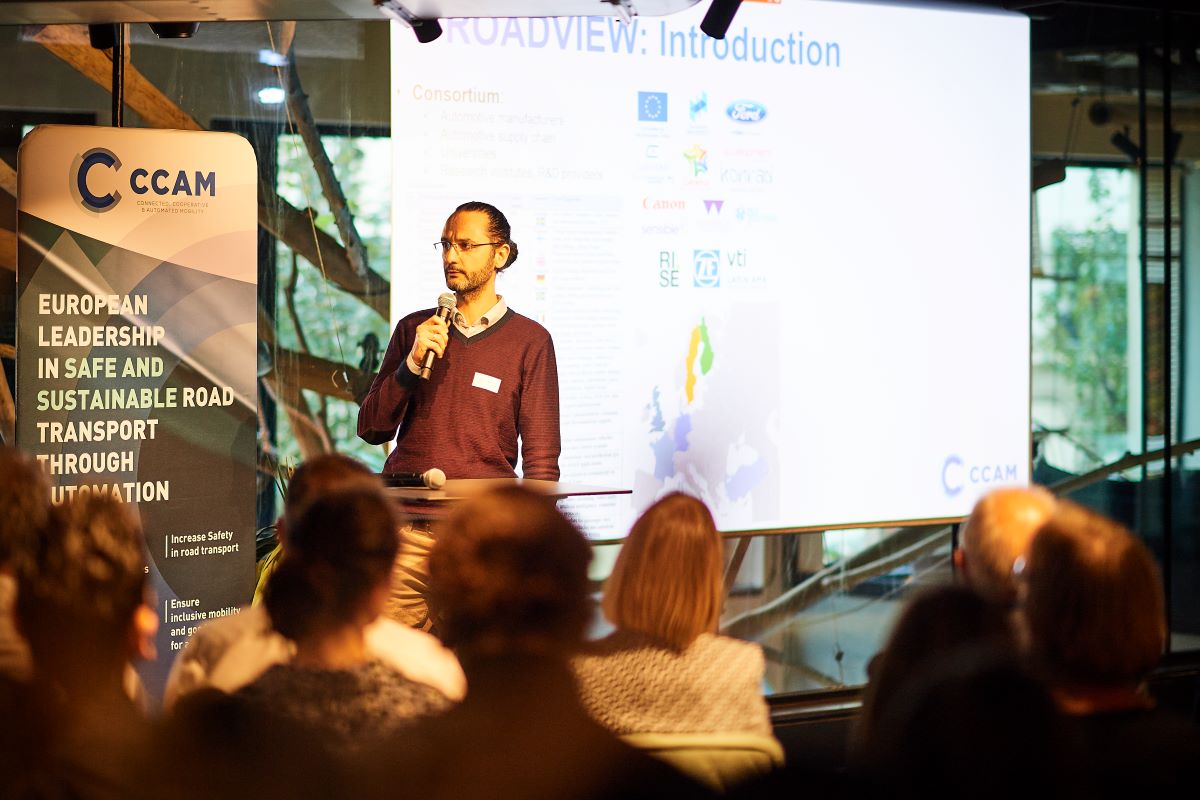
“European leadership in safe and sustainable road transport through automation” – this is the vision of the Connected Cooperative Automated Mobility (CCAM) Partnership. Their multiannual roadmap, the Strategic Research and Innovation Agenda (SRIA), links this vision to concrete research and innovation activities. In preparation for the SRIA review process, the CCAM Multi-Cluster Meeting on 24-25 October offered members and stakeholders an occasion to exchange the latest developments from CCAM research projects, seek new collaboration opportunities, and look ahead together. A total of 160 participants from industry, research, and authorities attended. From the ROADVIEW consortium, the partners Sensible 4, RISE, and University of Warwick participated, and the coordinator Prof. Eren Aksoy from Halmstad University was invited to present the project.
What is the SRIA?
The SRIA is a collaborative work between all CCAM stakeholders, including the industry, public authorities, and research, among others. Not only does the SRIA describe the Partnership’s objectives and strategy but it also identifies and prioritises the research and innovation activities needed to achieve these objectives, serving as an important basis for defining R&I action topics in the Horizon Europe Work Programmes. The activities of the CCAM Partnership are divided into seven clusters, which focus on topics ranging from user needs and societal aspects to advancing technologies and demonstrating technological maturity at a large scale. ROADVIEW is part of cluster 2, Vehicle Technologies.
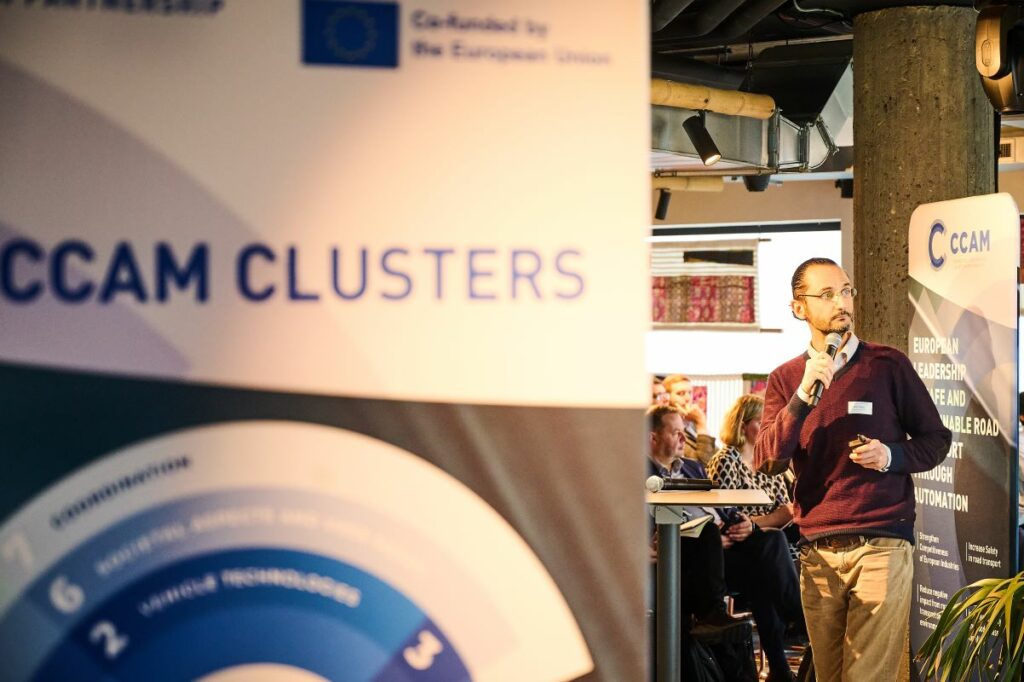
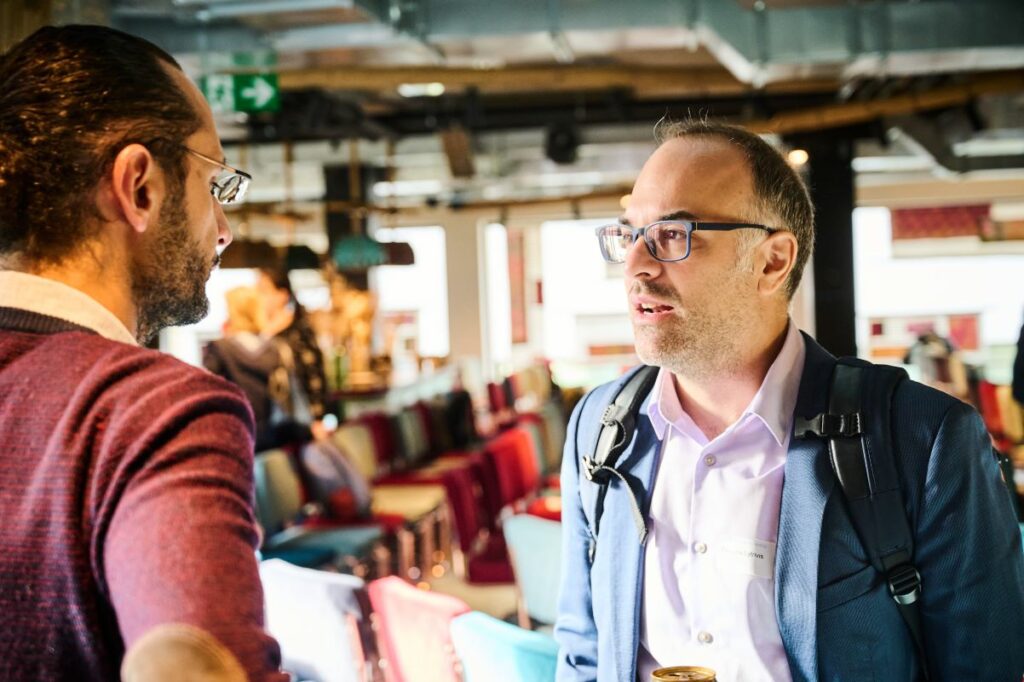
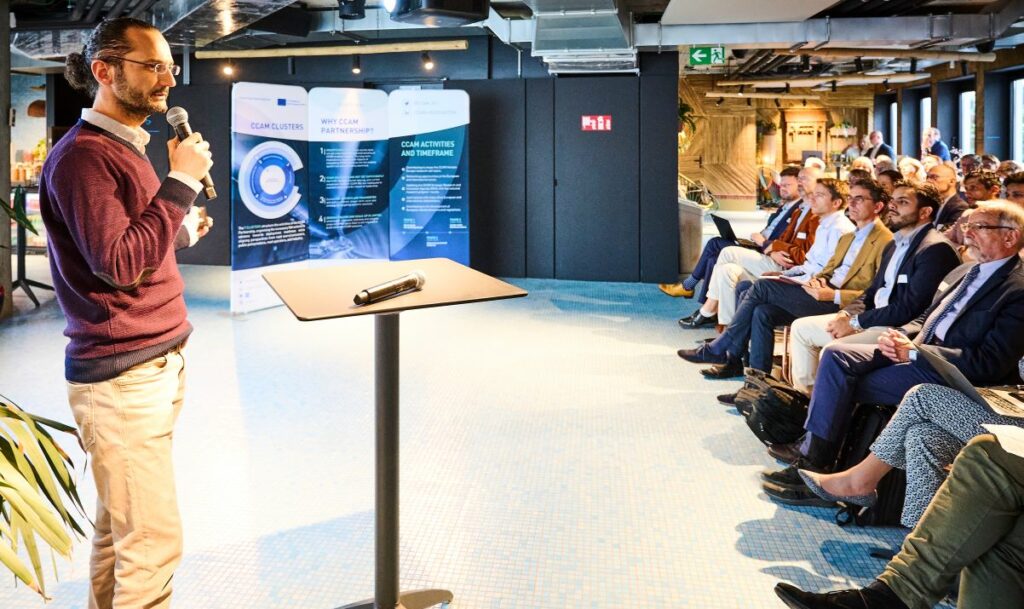
Calling for collaboration and communication
The meeting consisted of two main activities: formal presentations and small workshops organised in a World Café style. The latter offered participants the opportunity for informal discussions and exchange on projects as well as the SRIA roadmap review. Two recurring highlighted topics throughout the event were collaboration and communication.
As several speakers emphasised, collaboration is the key to success. The CCAM Partnership has already proven the benefits of collaboration. Its success has been noticed by those outside Europe and may inspire them to set up similar partnerships in other parts of the world. What is important now, however, is to further increase and solidify cross-sectional collaboration between different CCAM clusters. This will, for instance, be crucial for data sharing.
One of the main messages from EU authorities and CCAM cluster leaders was “spread the word”. Projects should make their voices heard about the work they are doing to boost the CCAM industry and, when doing so, not forget to involve the broader, general public as a target audience as well. Not only should project results be shared and disseminated among experts, but the public should also be made aware of project activities, progress, and innovations through various communication measures.
ROADVIEW: praised for its ambition
Projects like ROADVIEW are not only individual projects; they are part of the bigger CCAM picture that should lead Europe into the forefront of deployment innovations. In only five minutes, as was done for the other new Horizon EU projects, our coordinator Prof. Eren Aksoy presented ROADVIEW’s objectives and activities and how they support the goals of cluster 2 and the CCAM Partnership.
The response to ROADVIEW was very positive: the audience found it encouraging to see that bad weather conditions are taken seriously nowadays when it comes to testing and piloting. The project was also praised for the ambitious and challenging goals it has set for itself, and the cluster leader mentioned that they are already eagerly awaiting the first results.
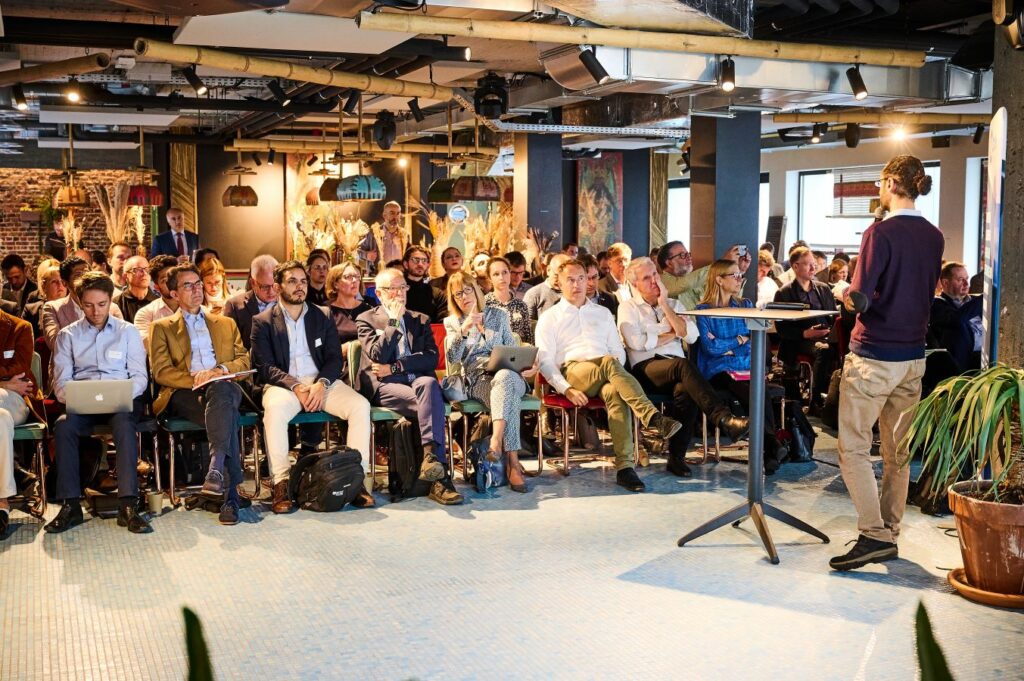
We are also excited about potential new collaborations that may arise from the meeting, with several projects expressing their interest to collaborate with ROADVIEW. In particular, strong synergies were identified between ROADVIEW and the EVENTS project, funded under Horizon EU within the same cluster, Vehicle Technologies. EVENTS targets similar goals as ROADVIEW, likewise looking at edge cases like harsh weather and light conditions.



